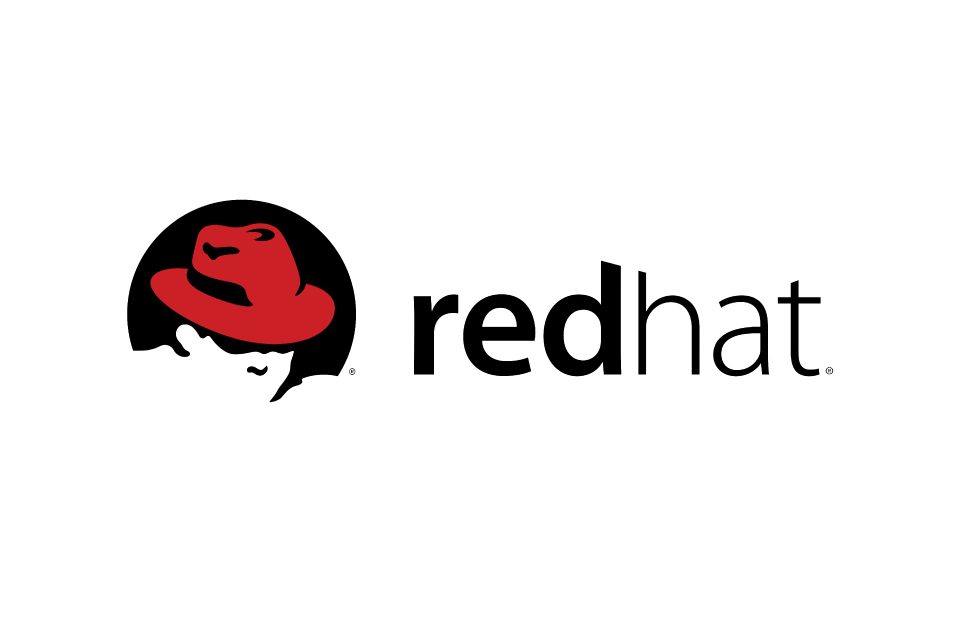What are the steps to migrate a closed software to open source?
Open source software presents a large amount of versatility and choice to improve the software without limitation. This finding, however, may not be carried on to all users and it is disputed whether customized changes to the original source code can limit the future maintenance and extension of the software. Once more, open source software providers usually strive to bring large-scale analysis and improvement.
If you have the in-house skills and professional expertise to support the software, and resources to perform, train and give support to staff, then open source may be most cost-effective for your business. With that in mind here are the best steps to migrate a closed software to open source.
Steps to migrate a closed software to open source
1. Start small
If you have decided to migrate a closed software to open source, it is advisable to begin with learner steps. Commence with the clear choices — a browser (for example, Firefox) or an office suite (like LibreOffice). Starting out small will help end users realize how simple it is to perform a paradigm change that might contrarily have sent them into apoplectic seizures.
Any application that has been throughout for a few years has compiled code and features which are useless from now on. Eliminate everything that can be securely removed in sequence to make a cleaner and manageable code to share. For example, unemployed and out-of-date settings, inactive files and templates, model classes, legacy URLs, disapproved functionality, Python services, etc.
For extra mandates and one-off code, existing HTMLs and templates can be removed and templates can be designed more compatible with each other.
Hard-coded paths, values, URLs, etc. are necessary when doing active prototyping. At some point, a closed source application gets the properties of its deployment conditions and they need to be cleaned.
2. Adjust your file formats
One thing that open source software works very hard to do is to develop standards. This is particularly true in the case of LibreOffice. The Open Document Format (ODF) is active and strong within LibreOffice. So, when you’re utilizing those tools, it is better to start gathering in their original format, especially when you are not sharing documents or giving them with other users who operate the same software title. You should not think the old file format you handled is the only choice. Also, by selecting file formats that sufficiently stick to standards, you’ll have little or no issues moving forward.
3. Update and list external dependencies
Developers have to take the additional steps to update to the latest versions and make sure the software works correctly with them well. After migration, nobody would like to run codes with old dependencies and very often that may not be feasible.
4. Produce documentation and samples
Documentation is a big plus to a stranger to the project. If you are starting up something with the purpose of bringing an association, possessing written docs and examples is a necessity.
5. Don’t always demand “drop-in” replacements
Drop-in means the new software is put to work like the old software. This may not be possible every time, even if we’re studying at the top level user interface.
You must not demand everything to be in the same place. Most open-source applications do everything they can to understand the logic of the arrangement of menu items, launchers, toolbars, etc. Mostly, the process will be successful. The developers cannot account for the employment of such items in your previous software. What binds up usually when people migrate from one piece of software to another, is the opinion that the original software did everything exactly right. The truth is, it’s just what you have become used to. After using your new piece of software, you’ll soon get habitual to the position of the various elements.
6. Give preference to titles that resemble the older one
Instead of making the migration a total drop-in replacement, think about software that can mimic what you’re used to. For example, migrating from Internet Explorer to Firefox is pretty much of a task. It’s a web browser, the most testing element you’ll face is turning your terminology. There are other pieces of software that might be more complex, such as getting an alternate for Microsoft Outlook. Although an amazing bulk of users are shifting to web-based clients, still there are some who ask client-based software.
7. Test stand-alone deployments on a fresh environment
Until recently, you have probably been working inside your existing local copy and inherited all the artifacts that come from the proprietary version of the application, like dependencies, environment configuration, and so on. Testing from the point of view of an external user on a fresh environment(s) will help you further refine your docs and clean up remaining issues.
The choice of fostering open-source software should not be considered just on the grounds of the low-cost. It requires a thorough study and knowledge of the conditions before switching to open source to obtain its full advantages.




